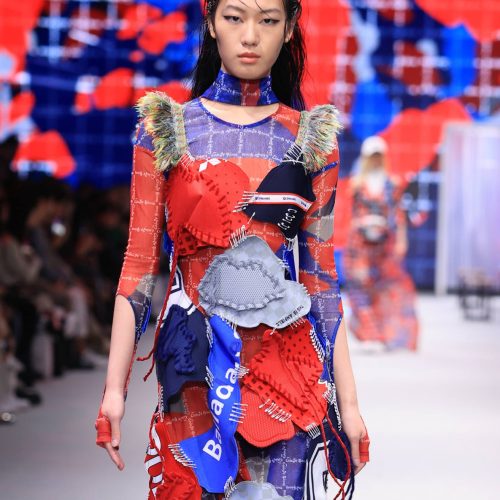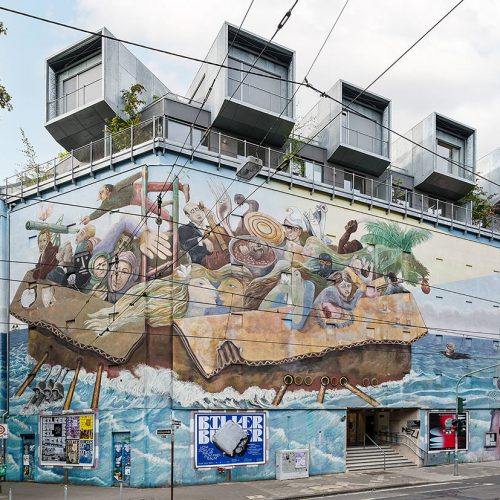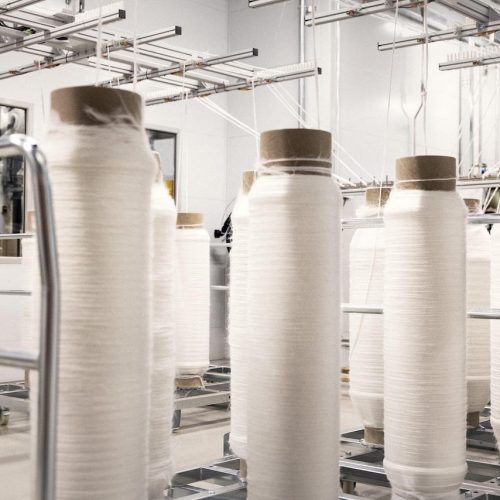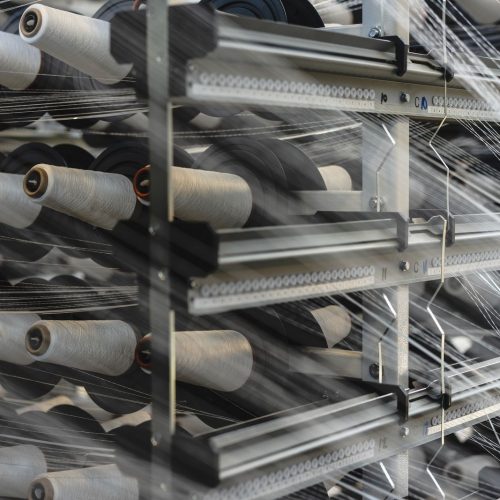How Is The Textile Industry Responding To The Slow Fashion Movement?
As the slow fashion movement gains momentum, there is more pressure for the textile industry to act accordingly. Now, brands are having to find ways to stay relevant with their consumers, as second-hand consumption thrives. Could services become the new focus for the textile industry?
To receive the Luxiders Newsletter, sign up here.
The term "slow fashion" continues to impact the textile industry, in response to the devastating effects of fast fashion. Creating illusions of necessity and encouraging overconsumption, fast fashion has changed the mindset of shoppers. We as consumers have become guilty of buying more and using less, especially with clothes. As part of the slow fashion movement, the textile industry is making more commitments to combat throwaway culture.
Part of the increase in conscious consumerism, slow fashion is becoming more integral to shopping habits. In particular, second-hand consumption has taken off over the past few years, helping extend the life of clothes. This poses a threat to product sales, as resale has the potential to cut new clothing production, according to a GlobalData retailer survey. Scrambling for ways to hold onto consumer loyalty, brands are having to brainstorm how to respond to slow fashion.
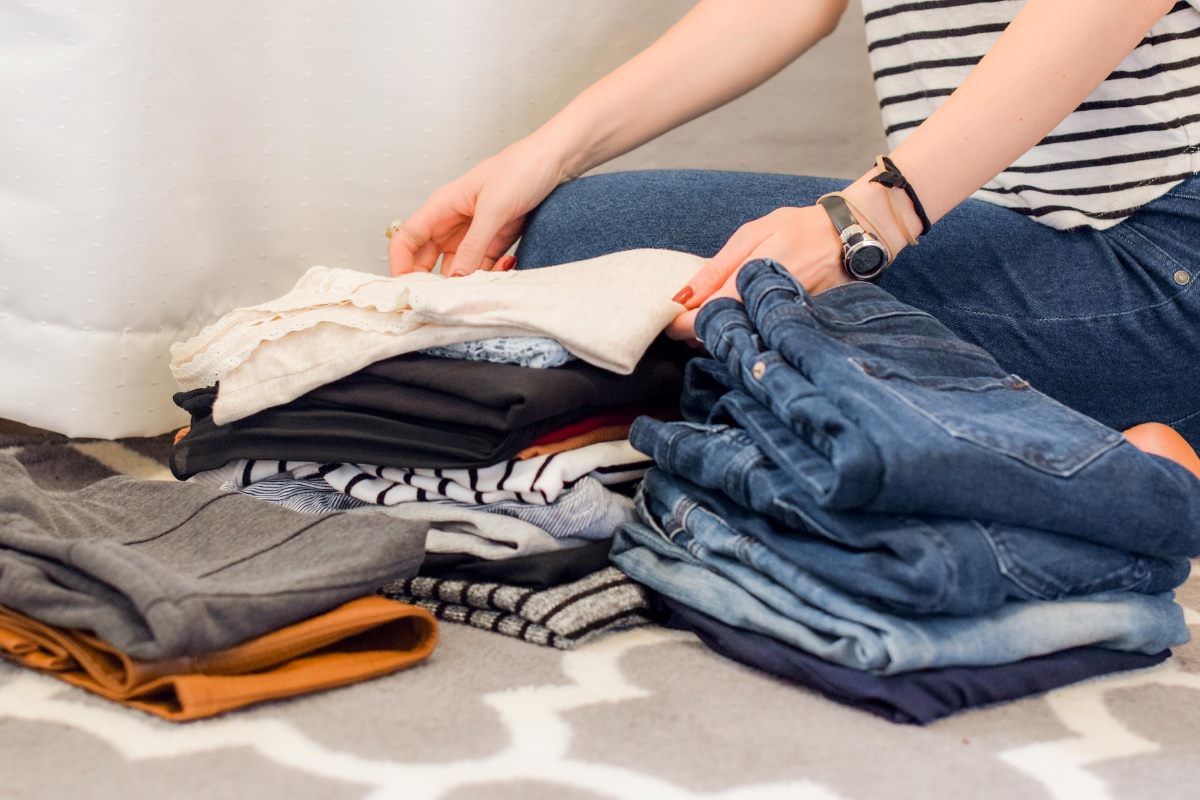
© Sarah Brown via Unsplash
TAKING BACK CONTROL WITH RESALE
Rather than shopping first-hand, consumers have begun to take a huge interest in resale. Platforms such as Depop, eBay and Vestiaire Collective are all used to sell pre-loved clothing, with digitally native generations most likely to use them. Because resale is purely second-hand, the brands that are being sold don’t gain any profit from the sale. Therefore, more brands have started operating their own marketplaces to sell their pre-worn products, with resale programmes skyrocketing in 2022. For these brands it means they’re able to incorporate slow fashion into their business, whilst still being able to make a profit.
It’s clear that resale is thriving, as some brands are using it as an incentive for consumers to purchase their products. Instead of resale programmes, some brands have introduced “buy now, resell later” plans, even providing resale price estimates for the product.
Despite resale still encouraging overconsumption, it’s a slower alternative to clothes ending up in landfill, continuing their journeys.
RENTAL IS A CIRCULAR SOLUTION
Renting fashion is a perfect way to shop if you find yourself getting bored of your clothes easily. It allows consumers to rotate “new” clothing, without adding to their wardrobe every month, making it circular. It’s another service in the textile industry that is increasingly popular, especially online, with an estimated $1.5 Billion growth from 2023 to 2027. Collaborative consumption, or the sharing economy, is a way for consumers to explore new brands without the commitment of a full-price purchase. Some platforms, like My Wardrobe HQ, even include a resale option where the customer is able to buy what they have rented. Whether on the high street or luxury, brands are renting their own products as well as partnering with existing platforms.
Although a key drive for slow fashion, rental services require a lot of maintenance. Cleaning, packaging and transportation are all needed for items that are continuously being borrowed. Renting fashion for longer periods of time would, therefore, be the most effective way to use this service.
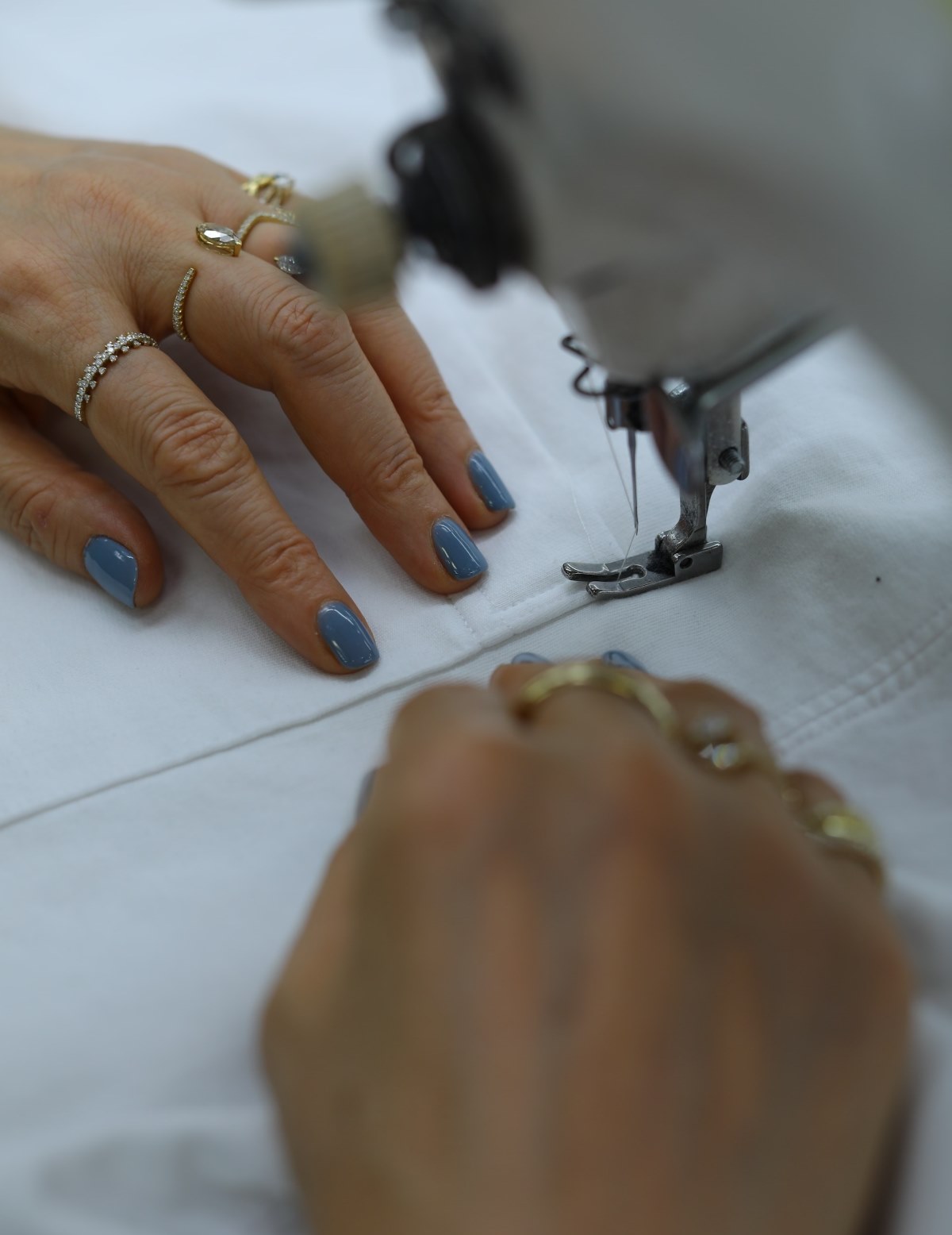
© Reuben Kim via Unsplash
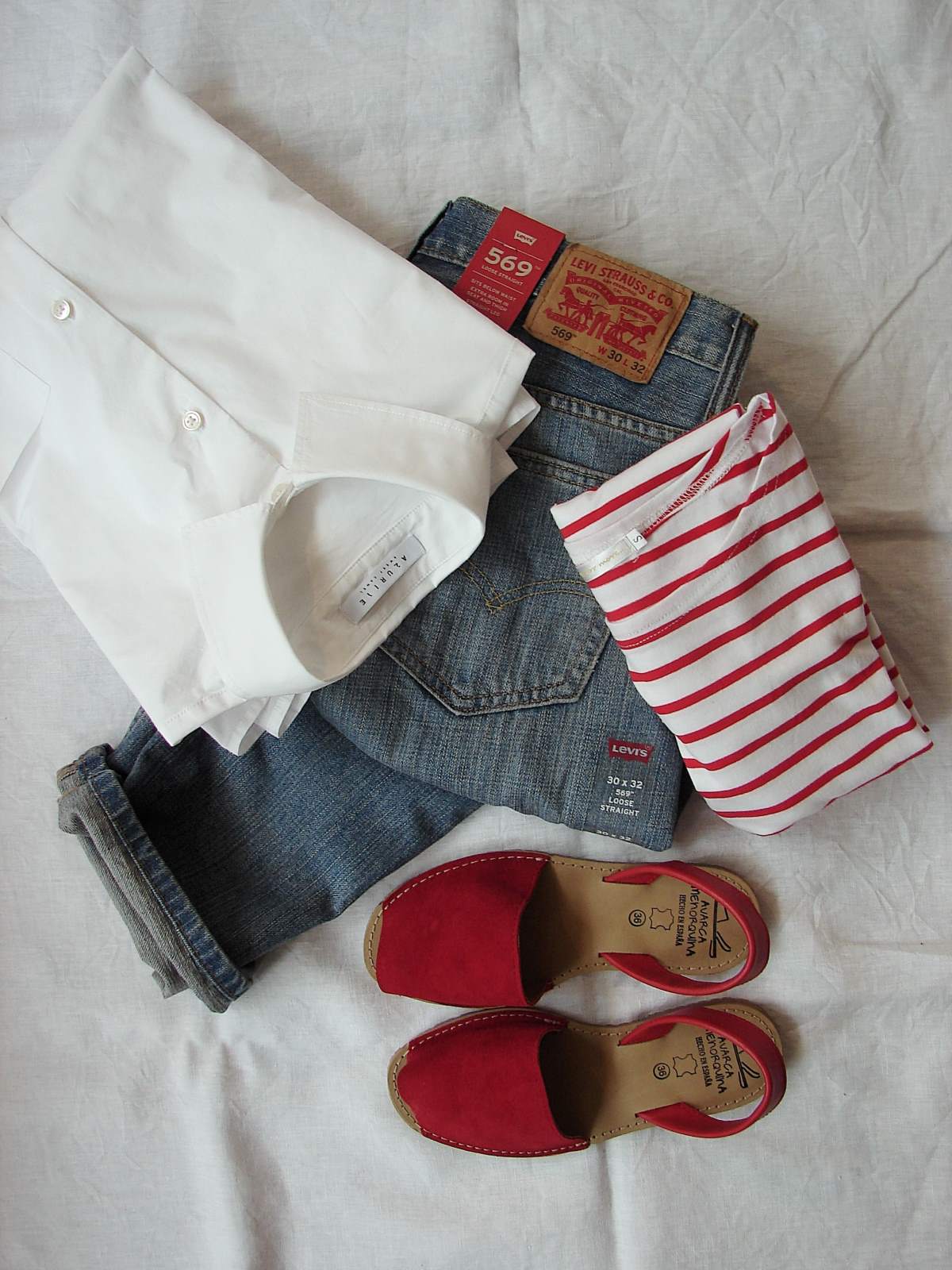
© Junko Nakase via Unsplash
REPAIRS ARE A DRIVER FOR SLOW FASHION
Offering repairs and restorations has been a longstanding practice for many luxury brands and designers. It is a way for consumers to stay connected to the brand, encouraging longevity for the product. It also emphasises the importance of a loyal consumer-brand relationship, without the need for frequent purchases.
More brands are offering these services as an attempt to remain relevant to their consumer, as slow fashion becomes more important. It’s not a straightforward process as manufacturers, especially those who mass-produce, have waiting lists for their repair services. However, brands such as Patagonia have thought of solutions like posting workshops online to teach their customers how to repair their own purchase. There are also platforms, such as The Seam, that help connect customers with makers who can repair their items.
Compared to resale and rental, repairs require a lot more effort for brands. However, as opposed to the other services, repairs don’t encourage overconsumption. Offering repairs is a brand’s genuine approach to slow fashion, extending the life of the garment in the same home it once began.
COULD SERVICES BECOME THE NEW FOCUS?
As time goes on, more brands are adopting sustainable practices into their business to respond to the rise in slow fashion, especially through rental, resale and repairs. Brands are turning to these services for a lifeline to cope with the rise in conscious consumerism and sustainable regulations. With the slow fashion movement gaining more momentum, is it possible that offering these services could take priority in the textile industry?
+ Highlight Image: © Alyssa Strohmann via Unsplash
Words:
Jemima Patterson
Luxiders Magazine

